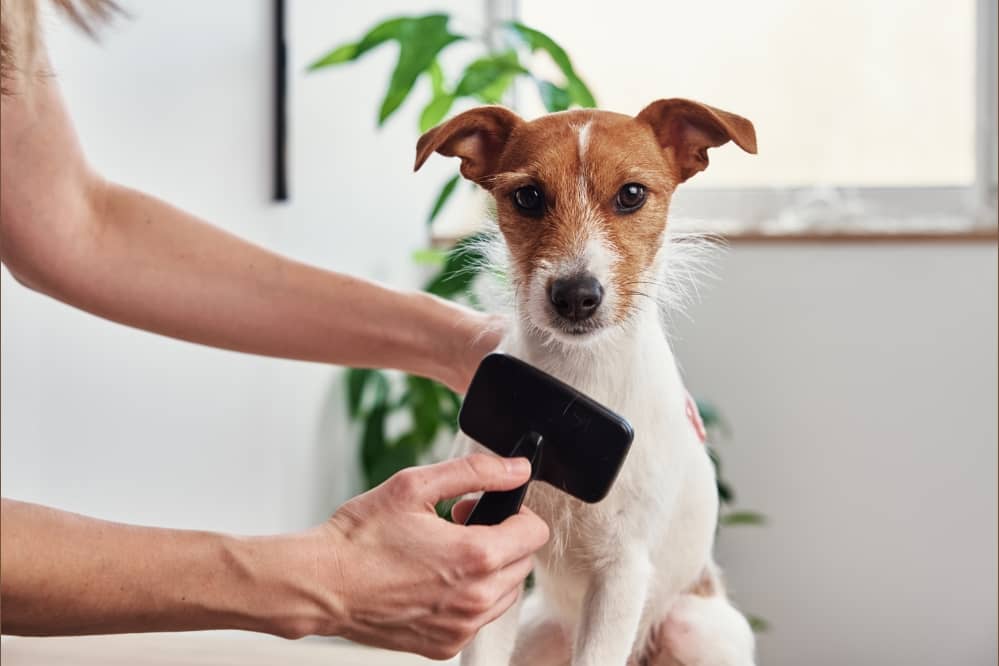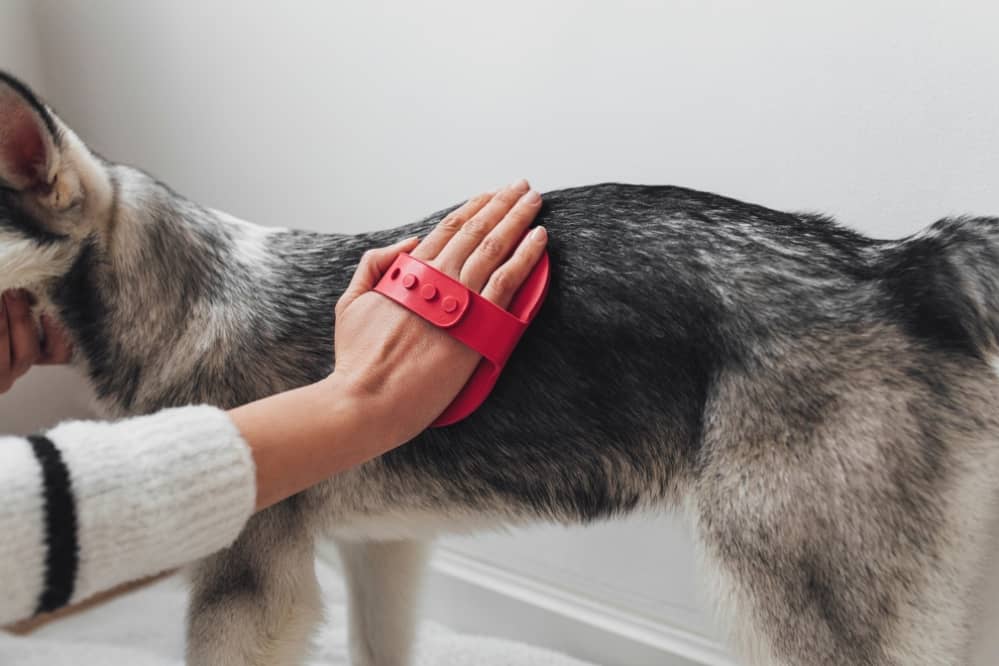Brushing your dog’s fur is an essential aspect of pet care or dog ownership that should not be neglected. Regular brushing keeps your dog’s coat looking shiny and healthy and helps prevent matting, tangles, and other skin problems. In fact, most dogs and owners enjoy brushing sessions and don’t mind even if the session goes for several minutes daily. While it is important to maintain proper grooming practices for your furry friend, there is often confusion about how often to brush their fur. Some people believe brushing their dog daily is beneficial, while others think it may be excessive. In this article, we will explore the topic of brushing your dog’s fur and whether it is appropriate every day.
Before we dive into whether or not you can brush your dog every day, let’s first understand why brushing your dog’s fur is essential.
Why is Brushing Your Dog’s Fur Important?
Brushing your dog regularly is essential to maintaining its overall health and well-being. It is a simple yet effective way to keep your dog clean and healthy, and it provides several physical and emotional benefits. Here are some of the most important reasons why regular brushing is so important for your dog:
- Maintaining Healthy Skin and Coat: Brushing your dog’s coat regularly helps distribute its natural oils throughout its fur, keeping it shiny and healthy. It also helps to remove dirt, debris, and dead skin cells, which can cause irritation and dryness if left to build up. A healthy coat also means fewer chances of infections.
- Prevents matting and tangling:Regular brushing helps to prevent mats and tangles in your dog’s coat. Mats can be painful and uncomfortable for your dog, leading to skin irritation and infection. Removing mats can also be painful, so it’s best to prevent them from forming in the first place by brushing your dog regularly.
- Removing Loose Hair: Brushing can help remove loose hair from your dog’s coat, which can help reduce shedding and minimize the amount of hair your dog leaves around your home.
- Bonding with Your Dog: Brushing your dog’s fur is also an excellent way to bond with your pet. This activity can help create a sense of trust and affection between you and your furry friend.
- Help Detect Abnormalities: Regularly brushing your dog can enable you to become familiar with your dog’s skin appearance, which can help you detect any abnormalities. While some bumps may not pose a threat, identifying any concerning ones early on can make all the difference between life and death.
- Controls shedding:All dogs shed, but regular brushing helps control the amount of loose fur on your clothes and furniture. This is especially important for dogs with long hair or thick coats that shed heavily.
Can You Brush Your Dog Every Day?
Now that we understand the importance of brushing your dog’s fur, let’s answer the question: Can you brush your dog every day? The answer is: it depends.
While brushing your dog’s fur every day is not necessarily harmful, it may not be necessary. The frequency of brushing your dog’s fur should depend on its breed, coat type, and lifestyle. For example, a long-haired breed like a Shih Tzu or a Maltese may require daily brushing to prevent matting and tangling. On the other hand, a short-haired breed like a Boxer or a Beagle may only need to be brushed once a week. Therefore it’s crucial to ensure that your dog is accustomed to brushing and other grooming practices since puppyhood so that they don’t resist or feel frustrated in the future.
It’s important to note that over-brushing your dog’s fur can lead to skin irritation and damage. Brushing your dog’s fur too often can cause its skin to become dry, flaky, and itchy. It can also strip their coat of natural oils, which can lead to dry and brittle fur.
Tips for Brushing Your Dog’s Fur
Though brushing your dog’s fur is an important part of their grooming routine, it is not always straightforward, especially if you have a breed with long or curly hair. Irrespective of how often you brush your dog, ensuring you do so safely and effectively is crucial. Here are some tips for brushing your dog’s fur to make the process easier and more effective.

- Choose the Right Brush: The first step in brushing your dog’s fur is to choose the right brush for your dog’s coat type. Many different types of brushes are available, each designed for a specific purpose. For instance, slicker brushes are perfect for removing tangles and mats, while bristle brushes are recommended for short-haired dogs. Pin brushes are best for long-haired breeds, and undercoat rakes are ideal for dogs with thick coats.
- Brush Regularly: Brushing your dog’s fur regularly is essential to prevent mats, tangles, and other skin problems. Once you have settled on a brushing routine according to your dog’s age, breed, size, and shedding pattern, it’s crucial to stick to it.
- Start with a Detangling Spray:If your dog’s coat is especially tangled or matted, it can be helpful to use a detangling spray before you start brushing. This can help make the fur easier to work with and prevent discomfort or pain for your dog.
- Brush in the Right Direction: When brushing your dog’s fur, brushing in the right direction is essential to avoid pulling or tugging on their skin. Experts recommend brushing in the direction of hair growth. This will help prevent any discomfort or pain for your dog and make brushing more effective.
Take Home Message
Brushing your dog’s fur is an essential part of dog ownership. Grooming (including brushing the coat) your dog is necessary to make him look better and ensure his health. Since most dog parents enjoy brushing their pets, you can brush your dog daily. However, small-size or smaller coat breeds or dogs that spend most of their time indoors require less frequent grooming than large, outdoor breeds or those with a heavy coat. Therefore, make sure to consider your dog’s age, breed, coat type, and individual behavior while deciding how often you should brush your dog. Because over brushing may do more harm than benefit to your pet. In the end, you must choose the right brush (according to your dog’s coat type) and learn the correct way to brush a dog to avoid causing unnecessary pain and annoying your furry friend.

